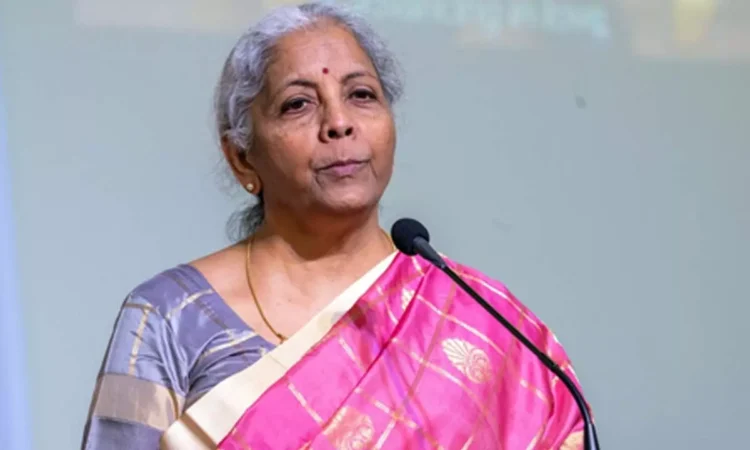In a recent interview, Finance Minister Nirmala Sitharaman stated that the government is closely monitoring exchange rates, noting that the depreciation of the rupee is primarily against the US dollar, a trend observed in several other currencies as well. She emphasized that the rupee’s decline is not unique and is largely a reflection of the dollar’s global strength. On Friday, the rupee fell to a record low, closing at 88.27 against the dollar after reaching an intra-day low of 88.38. This decline has raised concerns, particularly due to recent US tariffs, although the Reserve Bank of India intervened through state-run banks to mitigate further losses.
The US imposed a steep 50 percent tariff on Indian goods beginning August 27, which includes a 25 percent penalty on crude oil imports from Russia. This follows a 25 percent tariff introduced earlier by the Trump administration, citing India’s ongoing oil imports from Russia and longstanding trade barriers. Industries affected by these high import duties are textiles, gems and jewelry, shrimp, leather, animal products, chemicals, and machinery. However, sectors like pharmaceuticals, energy products, and electronics are exempt from these tariffs. The US has remained India’s largest trading partner since 2021-22, accounting for approximately 20 percent of India’s goods exports valued at USD 437.42 billion in 2024-25.
The bilateral trade reached USD 131.8 billion, comprising USD 86.5 billion in exports and USD 45.3 billion in imports. Sitharaman also described the recent GST overhaul as a ‘people’s reform’, stating that the adjustment of tax rates across numerous products will benefit families, enhance consumption, and strengthen the economy. She pledged to personally oversee the implementation of GST rate cuts to ensure they are reflected in reduced prices, noting that various industries have already begun to lower prices. Nearly 400 products, from everyday items to vehicles, will see price reductions once the new GST rates take effect on September 22, coinciding with the start of Navaratri.
Additionally, premiums on individual health and life insurance will be exempt from taxes, while a new 40 percent tax slab will apply to a limited range of luxury and sin goods. Sitharaman concluded by stating that this reform will impact all 1.4 billion citizens of India.


